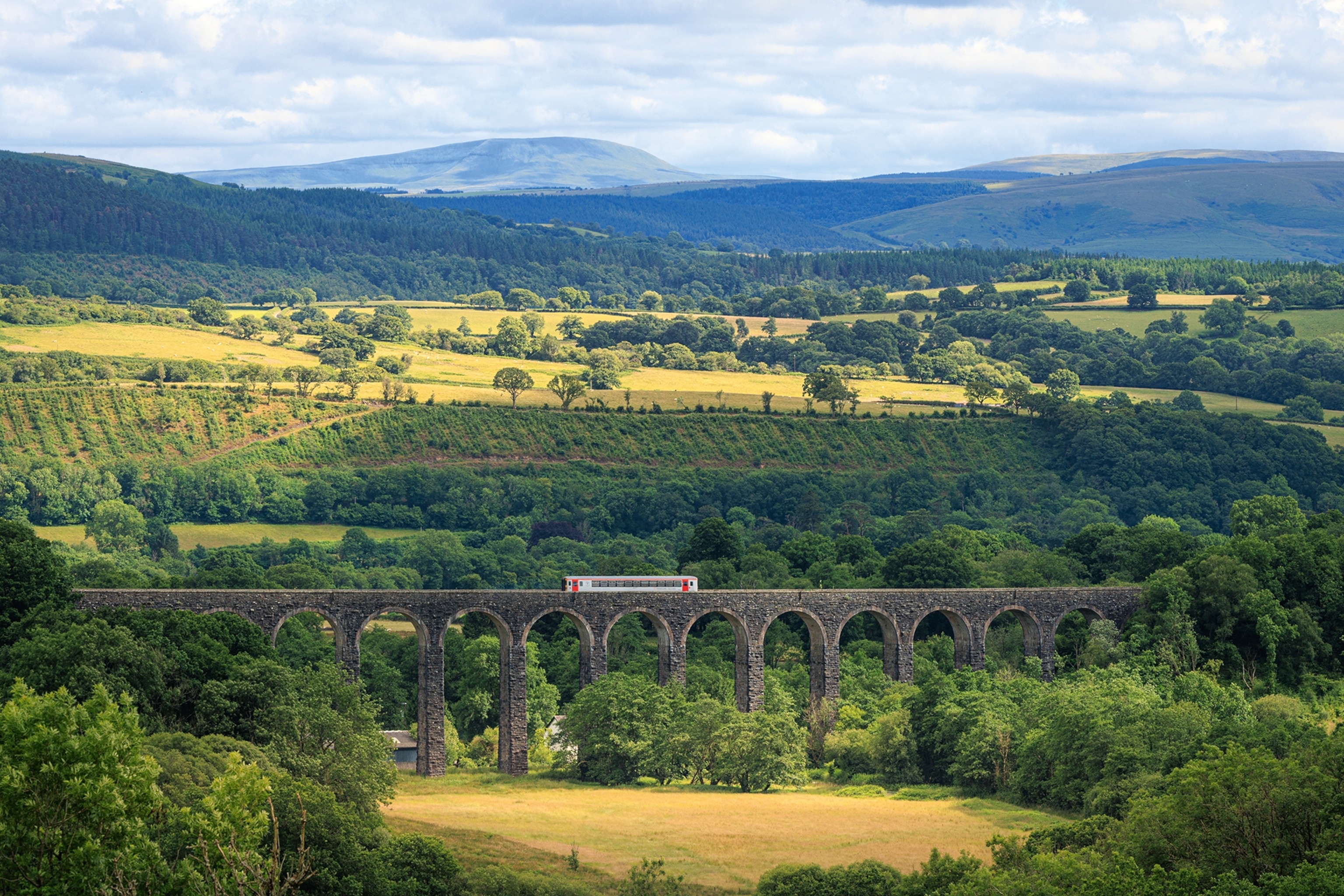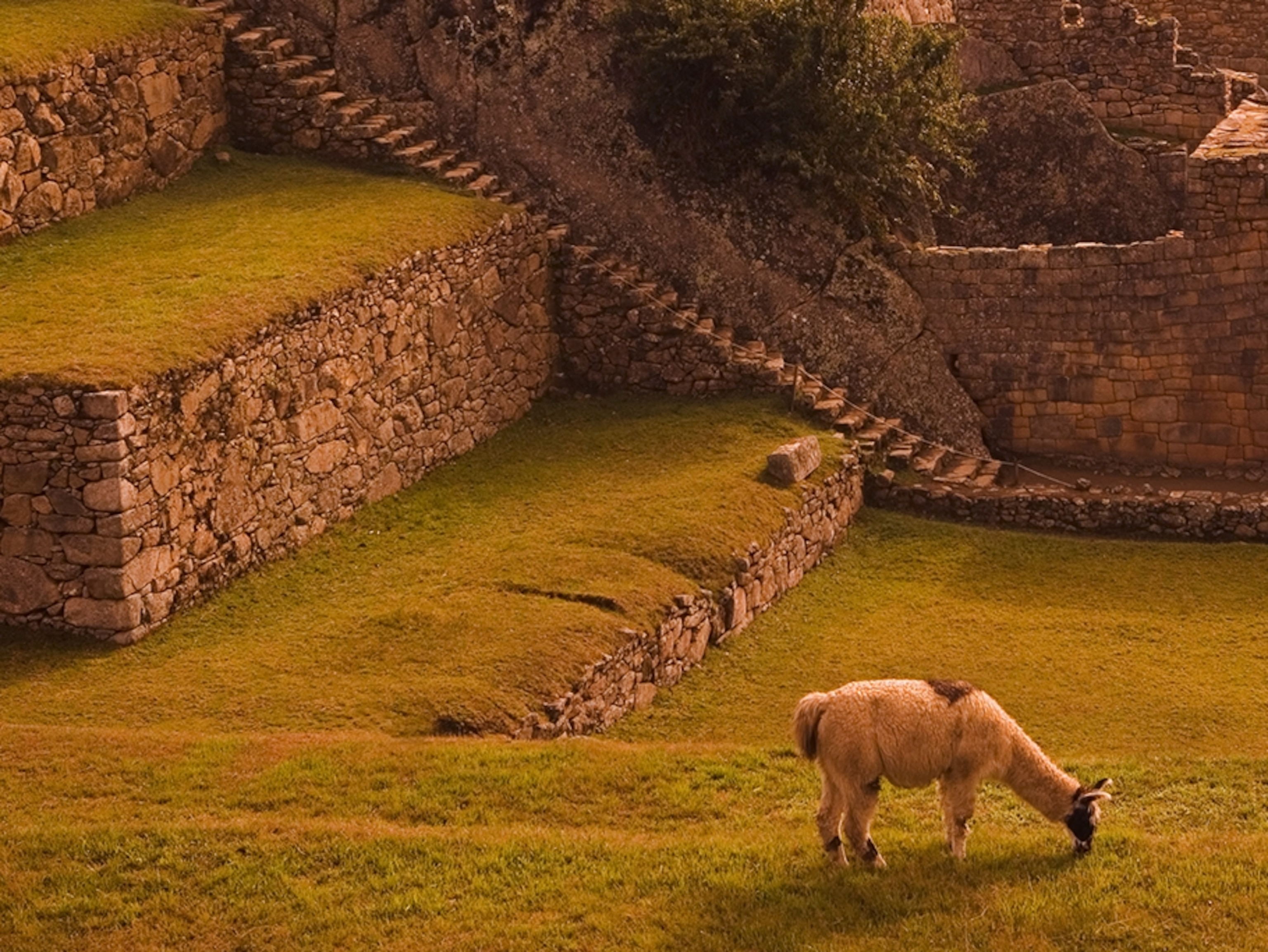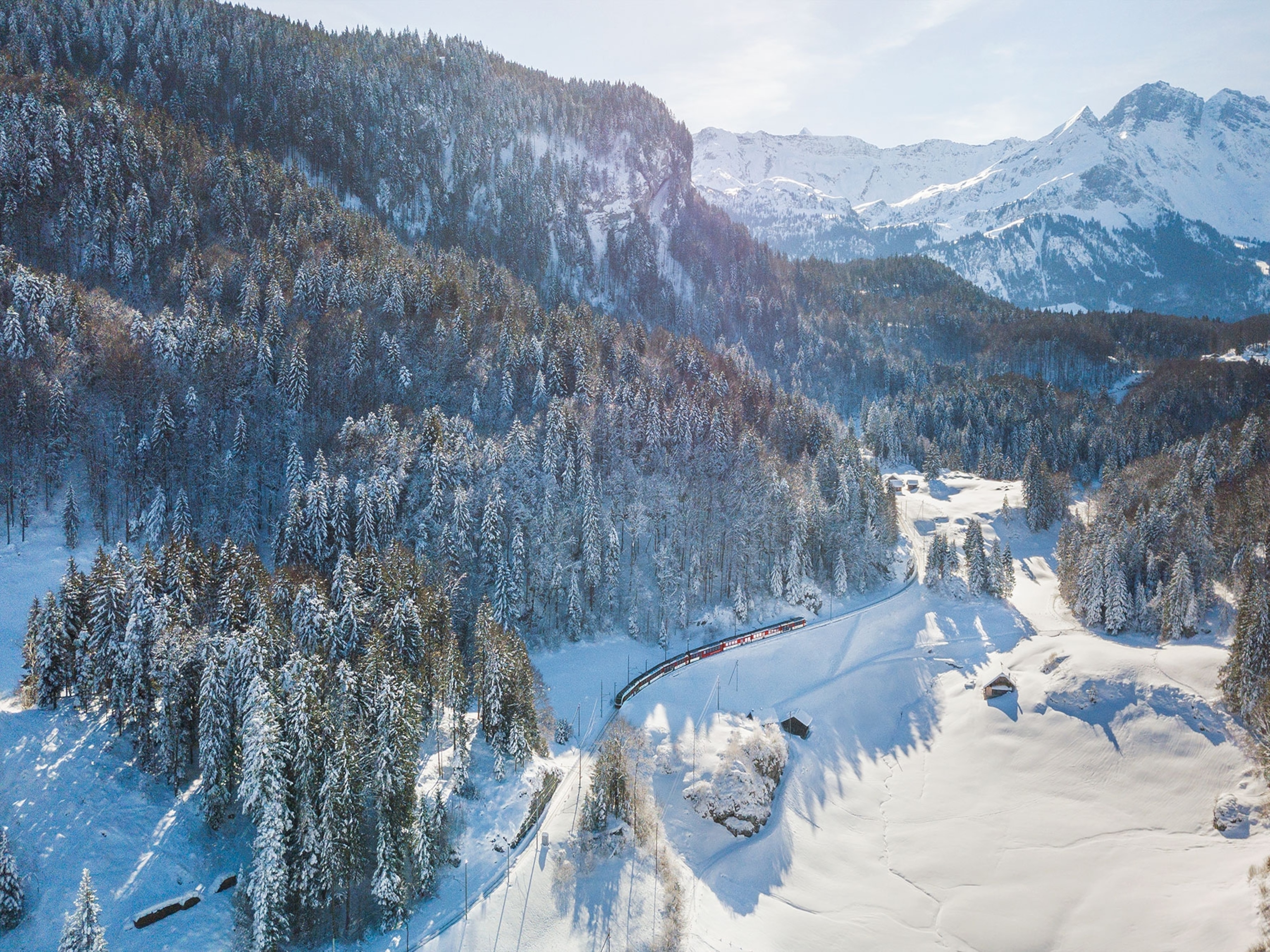Find echoes of the past on this eccentric railway through Wales's rural heart
Take a slow train journey from Craven Arms in England to Llanelli in Wales, passing bucolic farmland, sleepy villages and centuries-old castles.

One spring day in 1963, Dr Richard Beeching published a document on behalf of the British Transport Commission, entitled ‘The Reshaping of British Railways’. Squirrelled at the back was Appendix II: Passenger Service, Line and Station Closures. Visit any of those railways in that appendix today, and you’ll invariably find the same thing: buddleia growing tall on old track beds; Victorian stations repurposed as holiday lets; quiet places that haven’t known the toot of a passing train for decades.
The so-called ‘Beeching Axe’ is infamous for making a certain kind of railway line near-extinct — slow, wildly unprofitable, rural branches, the sort you might find lovingly depicted on tea towels and 1,000-piece jigsaws. But in Beeching’s appendix was one notable victim on which the axe didn’t land: the railway between Craven Arms and Llanelli, granted reprieve by the Ministry of Transport.
It survives as the Heart of Wales line. Ride this remote artery and the views from your window seat are much as they ever were — of heathery mountains, cascading rivers and castles that glower darkly over the rails.
The Class 153 that arrives in Craven Arms as I stand on the platform one morning is a single-carriage service barely longer than a country bus. On board, its engine rattles agriculturally and air conditioning entails a tug of war with a stiff window. It’s not a heritage line preserved in aspic but a part of Britain’s railway network that people use to get to work. Still, in our midst are aficionados. The passenger opposite me reaches for a corkscrew and a bottle of supermarket red, and settles in for the performance.
The train begins by cantering over Shropshire farmland, beating out a lively jig. Eventually we reach Knighton — the station is in England, but its car park is in Wales. Beyond the border the landscape changes. Norman churches give way to Methodist chapels; cricket greens to rugby clubs. Gradually the Bronze Age moorlands of Elenydd rise above, the lower slopes dotted with tufts of white. There are reputedly 10 million sheep in Wales and on the Heart of Wales line you become acquainted with most of them. Sometimes they wander onto the track and are chased off by the driver.
“The Heart of Wales line stands on its own, in many ways,” says Owen Griffkin of the Heart of Wales Line Community Partnership, who I speak to over the phone. “Some people who use the line actively want to travel slowly. They’ll spend nine hours riding it back and forth in a day, and bring a picnic with them.”
Losing track of time
It’s gone lunchtime when we cross the grand Victorian spans of the Knucklas and Cynghordy Viaducts, the former guarded by crenelated towers, as though our train were crossing a castle drawbridge. Beyond Sugar Loaf station, we emerge from a tunnel to soar high above the conifers in the company of buzzards.
Another part of the line’s appeal is occasionally disembarking — exploring little market towns of lace curtains, antiques shops, old drovers’ inns and, of course, castles. I stop to spend a night at the New White Lion, Llandovery — a handsome little hotel with rooms themed after local folk heroes. It’s a five-minute stroll to the erstwhile castle of Llywelyn ap Gruffydd Fychan, a medieval nobleman who led English forces pursuing Owain Glyndwr on a wild goose chase, and was disemboweled for his treachery. He’s commemorated with a silver statue overlooking the rooftops of the town.
The next day I hop back on the eastbound train to the border. In the gathering dusk we roll through an archipelago of spa towns and villages — Llanwrtyd Wells, Llangammarch Wells, Llandrindod Wells — to which Victorian holidaymakers once came to ease ailments, rest and recuperate. Those historic spas are now gone, the therapeutic waters untapped. But in a way, riding this eccentric train provides its own source of wellbeing. You are massaged by the undulations of the rustic rails, calmed by their clanking rhythms. The timetables on this line are thin, delays are common. Once on board, however, you generally find you lose track of time entirely. Seat from £18.
To subscribe to National Geographic Traveller (UK) magazine click here. (Available in select countries only).





